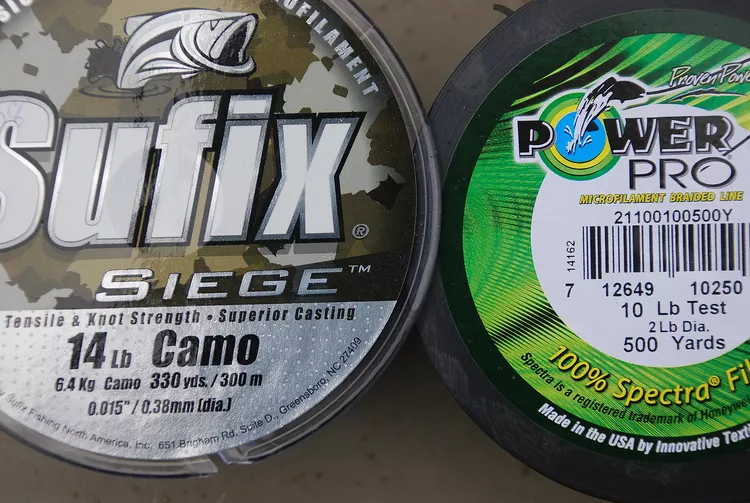Summary
Understanding Fishing Line Strength
Many anglers are often unaware of what they are purchasing when they buy new fishing line. While the packaging highlights the strength, indicated by a certain “pound-test,” it often lacks clarity about what that actually means for fishing performance.
This article provides essential insights into pound-test strength in relation to nylon, fluorocarbon, and microfilament lines, the most popular types sold in North America.
Breaking Strength and Labels Explained
Breaking strength refers to the amount of pressure needed to break an unknotted line. Each spool of fishing line is marked with its respective breaking strength.
In North America, fishing lines are labeled with breaking strength in both U.S. customary pounds and metric kilograms. A 12-pound-test line, for instance, will also indicate a metric equivalent of 5.4 kilograms.
Some lines may additionally specify the diameter in inches and millimeters. This aspect can be critical as line diameter is often overlooked by North American anglers, yet it’s a primary consideration in Europe. To effectively compare different fishing lines, both diameter and actual breaking strength need to be understood.
Braided lines indicate a nylon monofilament equivalent diameter. For instance, a braided line rated at 20-pound-test may have a diameter of .009 inches, equating to a 6-pound-test nylon monofilament line’s diameter. While some braids don’t specify diameter directly, they may reference the nylon mono equivalent instead, as seen with the Power Pro label in accompanying visuals.
This labeling method arises from nylon being the longest-established fishing line used by anglers. Newer microfilament lines may not be as familiar to many, making equivalency guidance helpful for understanding diameter comparisons between different line types.
Wet Breaking Strength Is What Matters
The crucial aspect of breaking strength is not merely what the label states, but rather the actual strength of the line when wet. The International Game Fish Association (IGFA) assesses the strength of every line submitted for record applications based on this criterion. Since fishing often occurs in wet conditions, the dry-state labels do not reflect true performance for most anglers.
As a result, the indicated breaking strength should ideally represent the line’s capability when wet. However, this clarification is frequently absent from product packaging.
The Difference Between Test and Class Lines
Two primary categories exist for breaking strength in fishing lines: “test” and “class.” Class lines are designed to break at or under the labeled metric strength when in wet conditions, adhering to IGFA’s metric record standards. These are clearly labeled as “class” or “IGFA-class.” In contrast, the overwhelming majority of lines sold—around 95 percent—are classified as test lines, with some opting to indicate “test” on their labels and others not.
It’s essential to realize that while a test line’s strength is labeled, it does not assure the required force needed to break the line in either wet or dry scenarios. Many test lines can break either at, under, or over their labeled strength. Generally, a significant number break above the stated strength, some only slightly and others much further.
Particular types of lines, especially nylon monofilaments, may experience a significant reduction in strength when wet, with some lesser-quality variants becoming 20 to 30 percent weaker. Thus, physical testing of a dry nylon monofilament line might not accurately represent its effectiveness.
On the other hand, braided and fused microfilament lines, often termed super lines, do not absorb water and maintain consistent strength levels between dry and wet conditions. Fluorocarbon lines exhibit similar properties. However, this consistency does not guarantee that lines labeled as 20-pound-test won’t actually break at 25 pounds due to mislabeling.
Understanding these distinctions is particularly valuable for anglers aiming for world records in specific categories. While the average fisherman may not be aware of these nuances, attention to detail can dramatically enhance fishing success.




